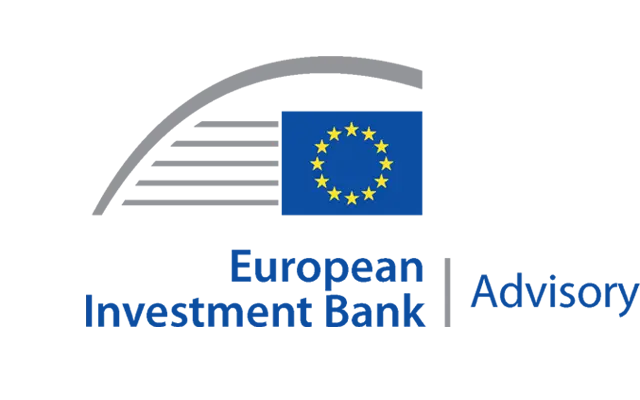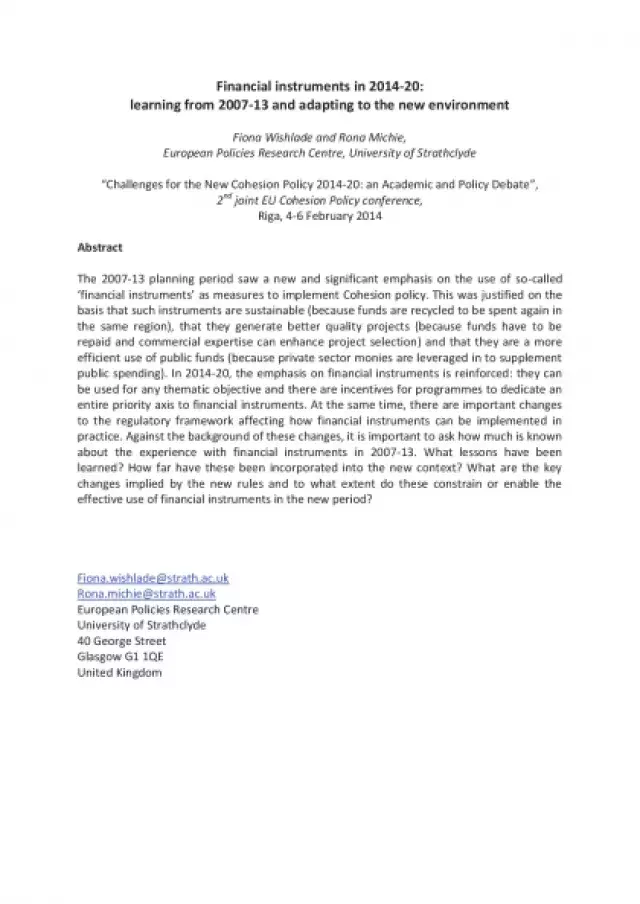Financial instruments in 2014-2020: learning from 2007-13 and adapting to the new environment
21 April 2015
Fiona Wishlade and Rona Michie, European Policies Research Centre, University of Strathclyde, "Challenges for the New Cohesion Policy 2014-20: an Academic and Policy Debate" 2nd joint EU Cohesion Policy conference, Riga, 4-6 February
Abstract
The 2007-2013 planning period saw a new and significant emphasis on the use of so-called ‘financial instruments’ as measures to implement Cohesion policy. This was justified on the basis that such instruments are sustainable (because funds are recycled to be spent again in the same region), that they generate better quality projects (because funds have to be repaid and commercial expertise can enhance project selection) and that they are a more efficient use of public funds (because private sector monies are leveraged in to supplement public spending). In 2014-2020, the emphasis on financial instruments is reinforced: they can be used for any thematic objective and there are incentives for programmes to dedicate an entire priority axis to financial instruments. At the same time, there are important changes to the regulatory framework affecting how financial instruments can be implemented in practice. Against the background of these changes, it is important to ask how much is known about the experience with financial instruments in 2007-2013. What lessons have been learned? How far have these been incorporated into the new context? What are the key changes implied by the new rules and to what extent do these constrain or enable the effective use of financial instruments in the new period?


